Changemakers: at the European Parliament, art becomes a tool for social change
The European Parliament, in collaboration with Culture Action Europe, opens at the Parlamentarium in Brussels the exhibition Changermakers. From comitted art to democratic artivism, an exhibition on view from Nov. 14, 2024 to Feb. 16, 2025 that highlights the power of art as a tool for social change. Through a selection of works from Parliament’s Contemporary Art Collection, the exhibition brings together multiple generations of artists who share a deep commitment to social and political issues. The selection includes works by artists such as Emilio Vedova, A.R. Penck, Georg Baselitz, Felix Droese, Darío Villalba, Jannis Kounellis, and Adolf Frohner, who have distinguished themselves through significant involvement in the representation of the historical and cultural realities they have traversed. Their works offer a historical context to the issues addressed and draw a direct thread between past and present that aims to raise public awareness of the power of artistic language as a tool for reflection and change.
In dialogue with the big names, as part of Pop the Vote! Culture on the ballot, the exhibition also presents works by emerging artists such as Sára Bányai, Leander Emanuel and Iliyana Grigorova. With an eye toward the future, the young artists adopt the genre of artivism, a form of expression that fuses visual and performance art with social activism, and use their artistic practice to address today’s challenges such as social and environmental justice.The full selection is divided into four chapters, each reflecting the main themes explored in the works of the collection and in the artivism of the younger generation: Freedom of Expression, Freedom of Gesture and Language; Ethics and Political Freedom, Democracy and Voting; Migration: Integration and European Identity; and Caring for the Vulnerable.
The exhibition will be on view in Brussels until February 2025, and then will be transferred to the European Parliament building in Strasbourg, where it will be on view from March 13 until September 2025. The event is part of the European Parliament’s second exhibition dedicated to works from its collection, an initiative that confirms the institution’s growing commitment to promoting culture and art in Europe. The official opening will take place on November 13 with the participation of MEP Miriam LEXMANN, Chair of the European Parliament’s Art Committee, and Natalie GIORGADZE, Director General of Culture Action Europe. At 10:30 a.m. on the same day, a press conference will also give journalists an opportunity to preview the works on display and interview some of the featured artists, including Pat Andrea, Sára Bányai, Leander Emanuel, Iliyana Grigorova, Berit Heggenhougen-Jensen, Elena Poljuha and Ulysse Vassas.
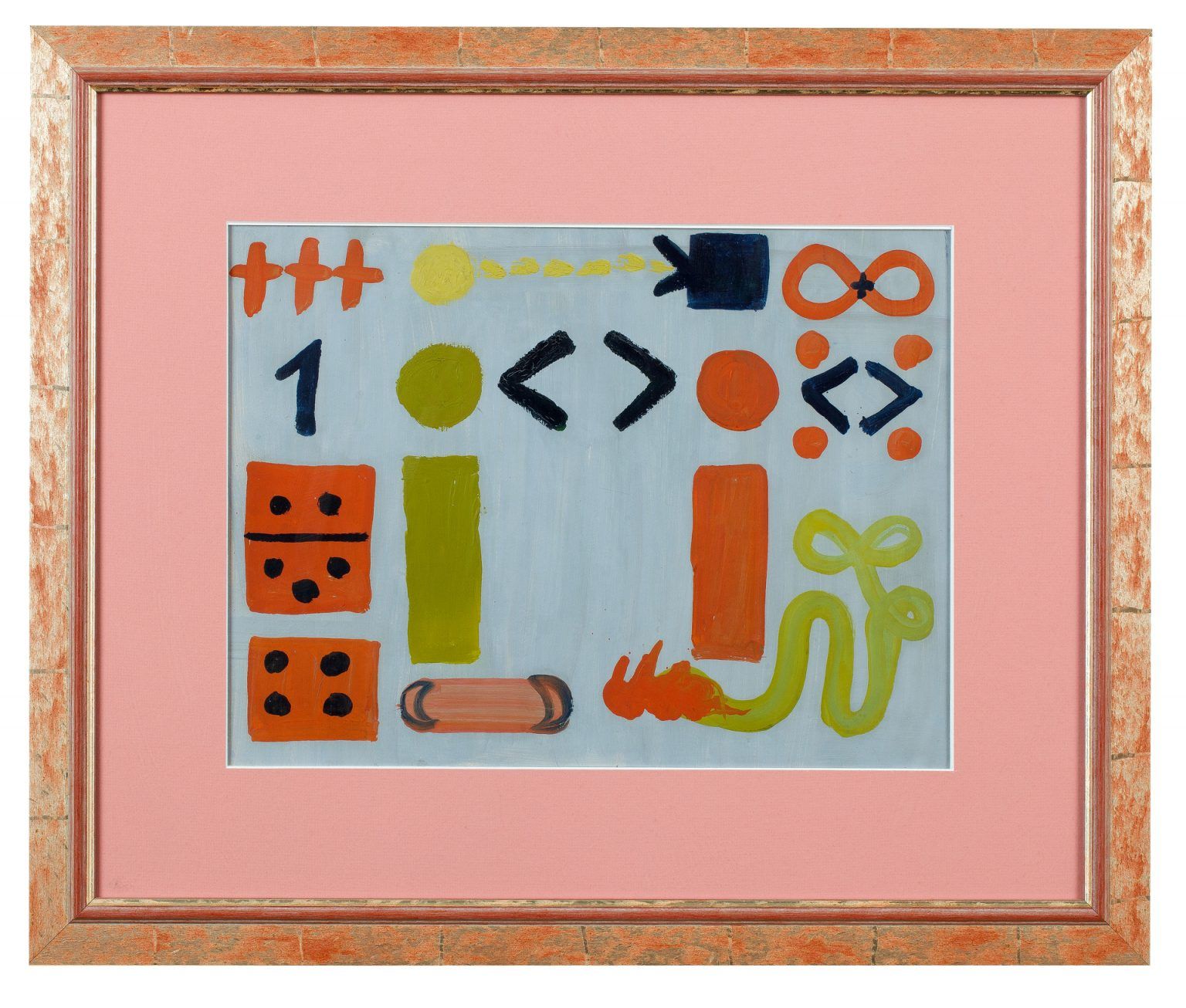
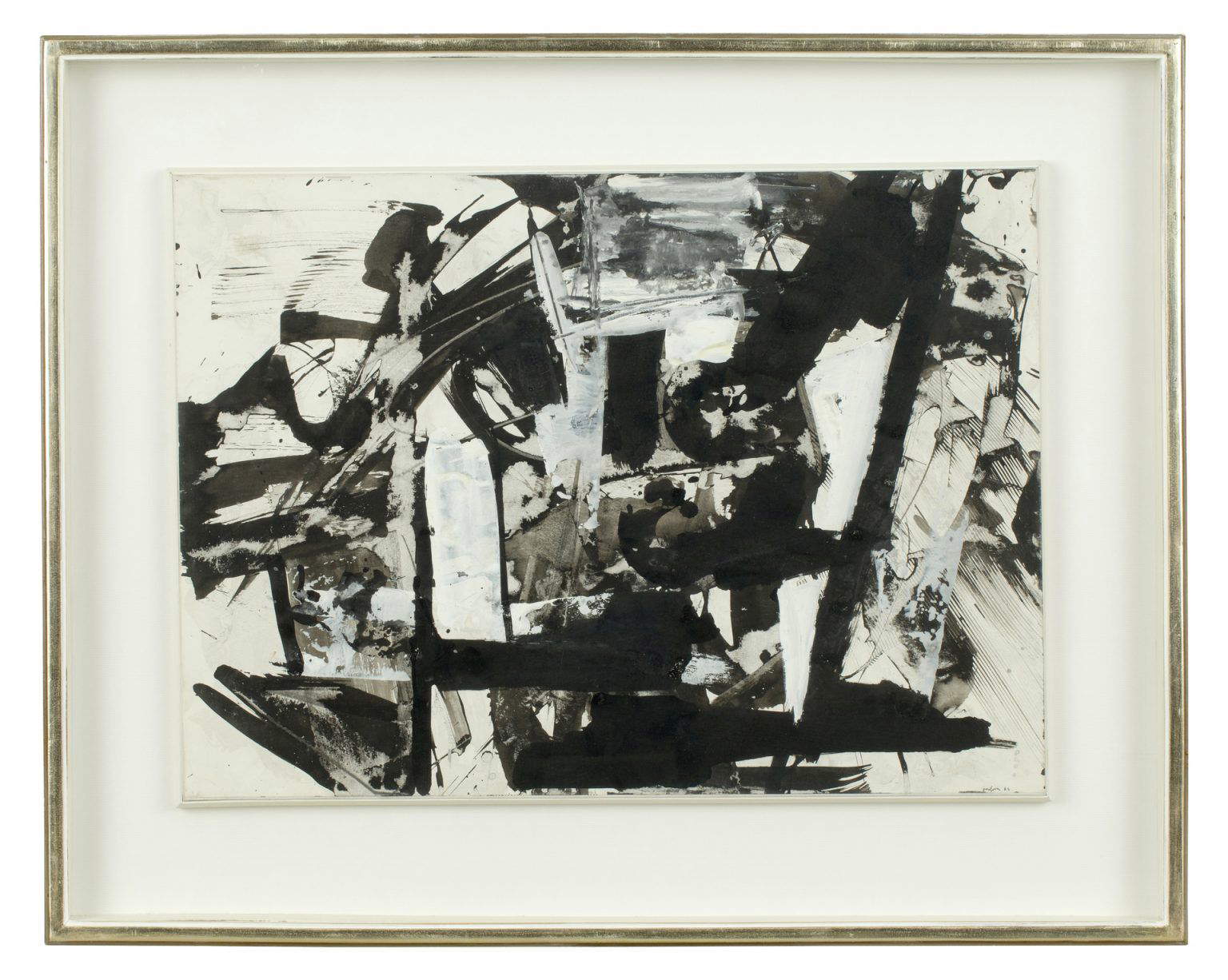
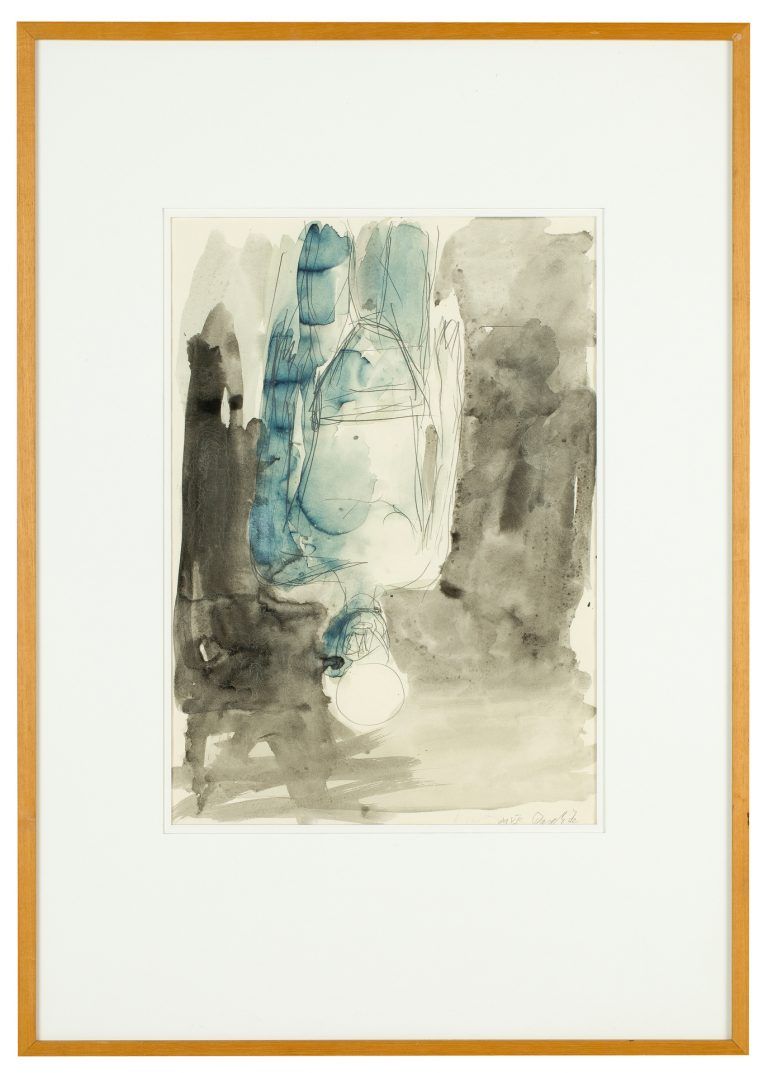
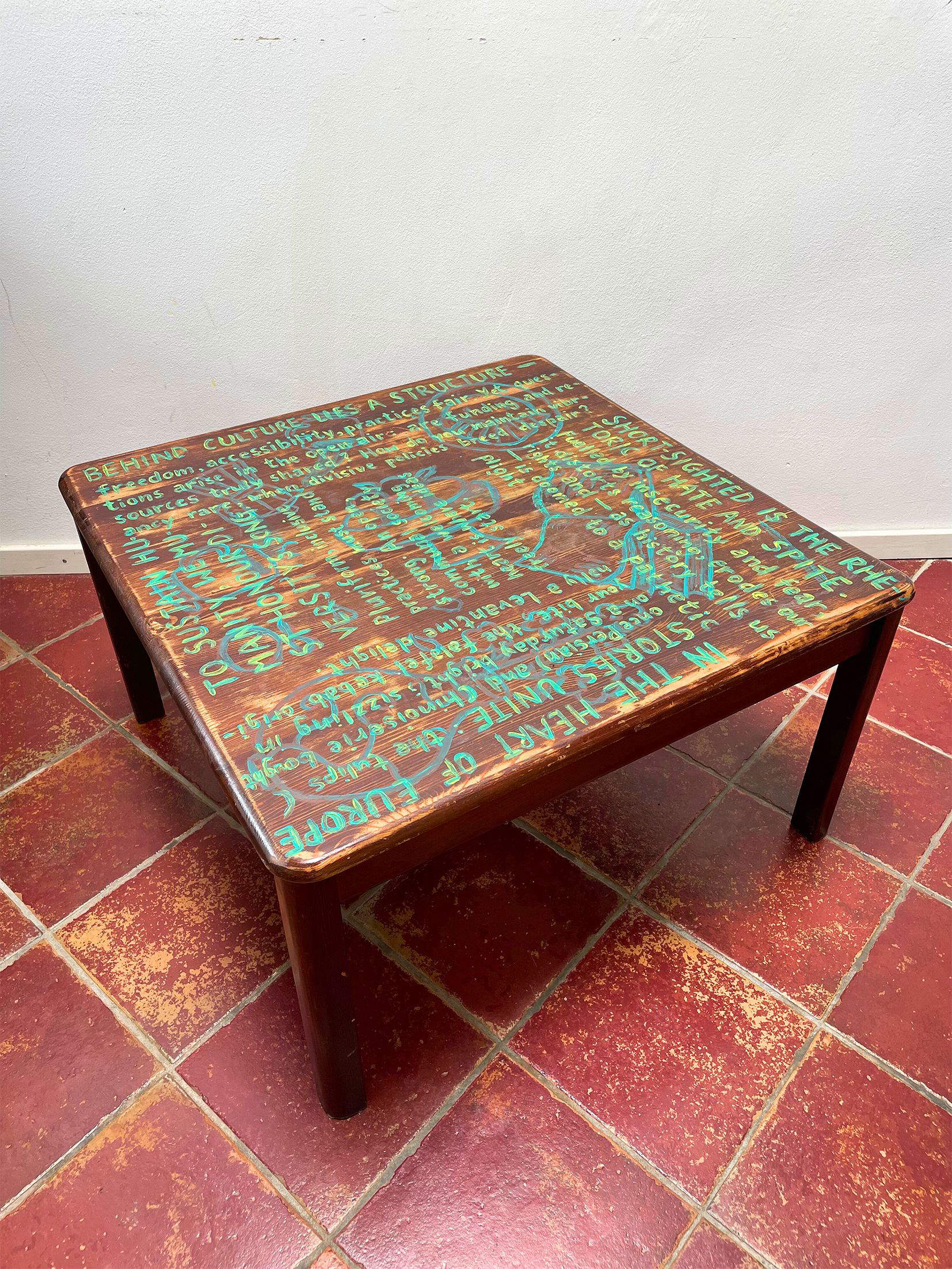
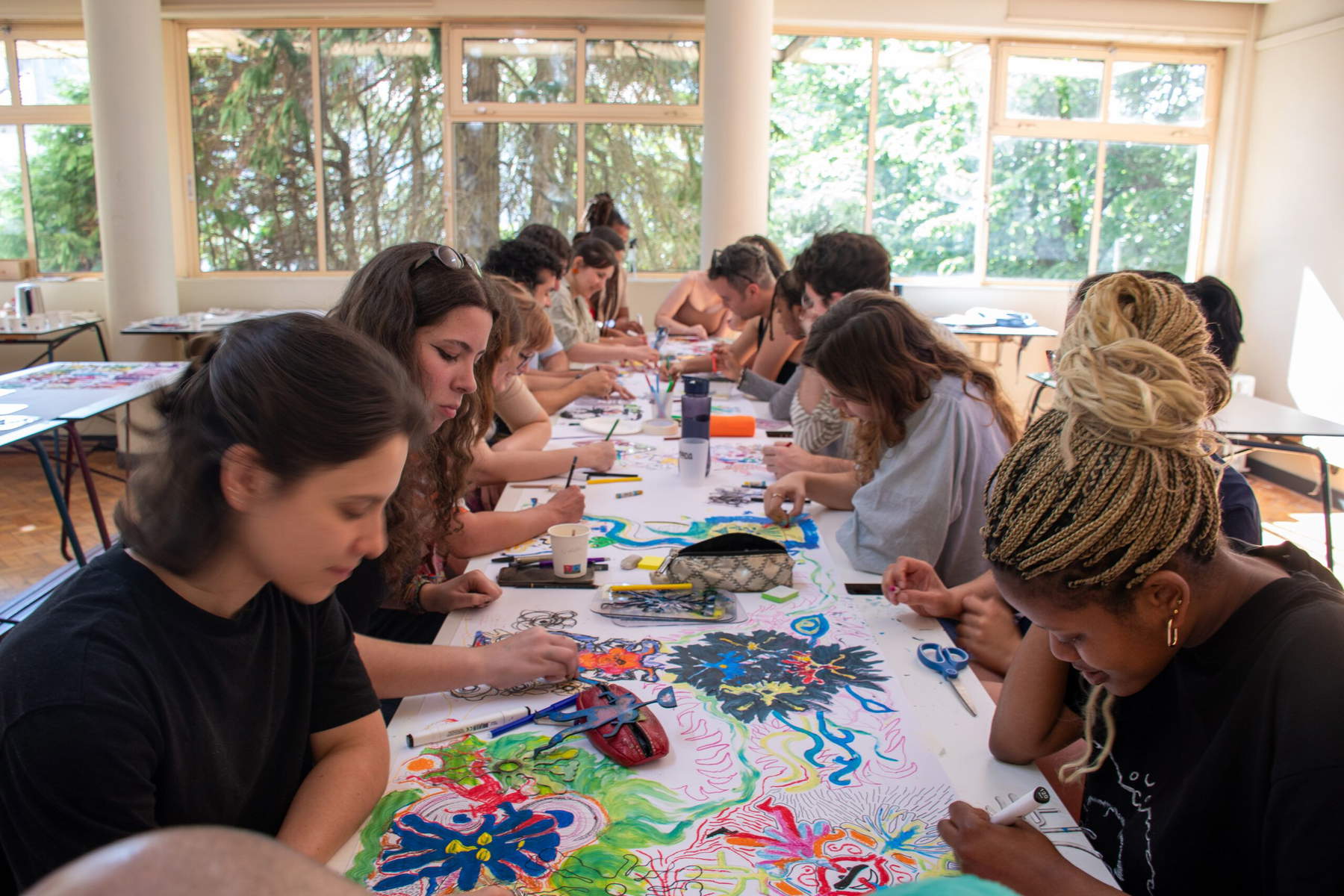
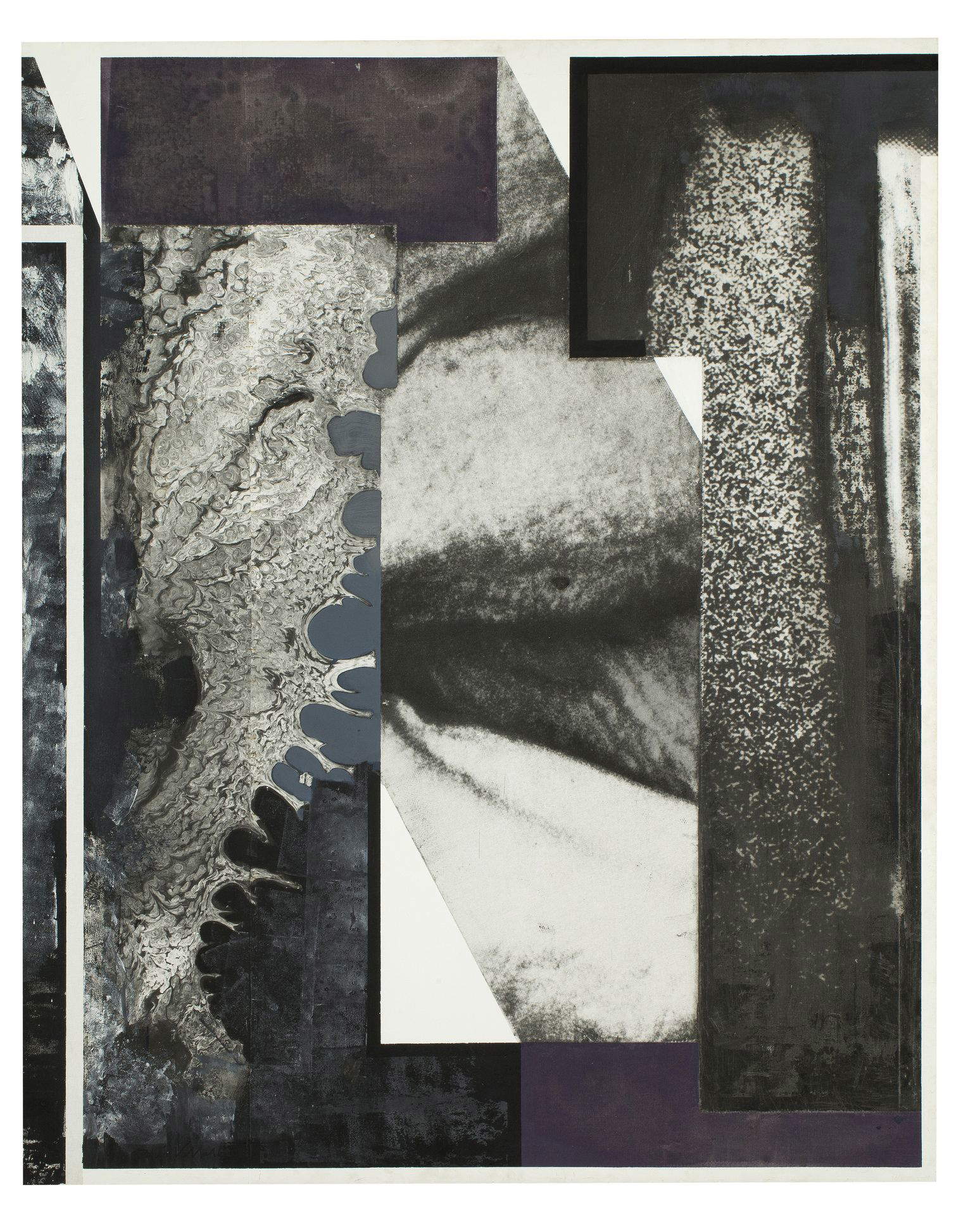
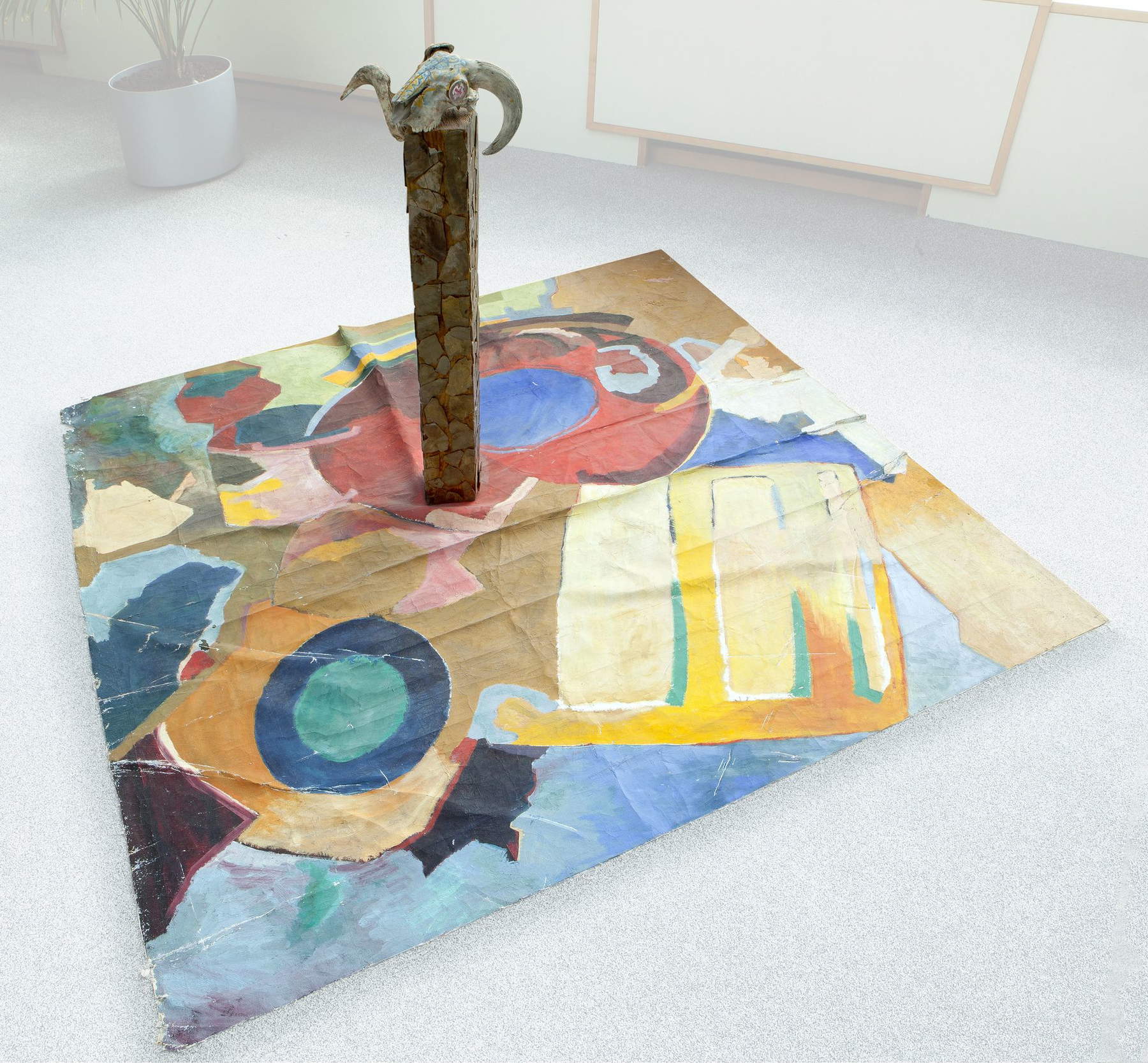
Sections
Freedom of thought and freedom of expression, the focus of the first section(Freedom of Expression, Freedom of Gesture and Language) represent the foundations of a genuinely democratic society, where citizens exercise their rights and actively participate in matters of collective concern. Freedoms are embodied in various areas, such as media freedom, academic freedom, and freedom in the arts and sciences. For artists, the desire for freedom has always been an ideal that fosters the creation of authentic and innovative works. The liberation of the artistic gesture on the canvas has been a constant in abstract movements since the end of World War II, in Europe and the United States, in both informal art and abstract expressionism. The movements have thus often drawn inspiration from the sinuous lines of Chinese calligraphy and the meditative states of Zen Buddhism. Homage to Calligraphy from 1981, an example of the pictorial work of Turkish artist Burhan Doğançay (Istanbul, 1929 - 2013), is part of his Ribbon series and expresses one of the most stylized and elegant forms of his language. The curved, sinuous lines appear as if they have detached, hanging like ribbons from an imaginary wall. The composition creates a trompe l’oeil that recalls Islamic calligraphy.
It continues with the section Ethics and Political Freedom, Democracy and Voting. Transparency and ethics are closely linked to the exercise of political freedom and the right to vote. Parliament has addressed these issues with several initiatives, including the Code of Conduct for Members of Parliament, the Transparency Registry, and the Public Registry Website. Artivist Sára Bányai ’s proposal entitled Rethink with the Communitives of Malmö - Rethink with the Communitives of Malmö 2024, highlights the importance of acting ethically and responsibly in exercising political freedom. By creating a card game and an associated instruction manual designed to rethink community life in a specific, real-world context in Sweden, Bányai explores how and for what purposes the freedom to vote and participate should be used. In the context of the rules and development of this game, the term “communal” therefore refers to the synergies between community-centered projects and those that dare to take autonomous initiatives.
The third section is entitled Migration: integration and European identity. The integration of migrants into society must be based on the principles of solidarity, equality and justice. This represents the goal of the European Commission’s Action Plan 2021-2027, published in November 2020, which focuses on integration and inclusion. The plan aims to promote inclusiveness for all, recognizing the important contribution of migrants to the EU and seeking to remove obstacles that prevent the participation and integration of people with a migrant background, from newcomers to citizens, into European society. Issues of mobility and integration are the focus of the photographic and video works of Bulgarian artist and filmmaker Borjana Ventzislavova. Based between Vienna and Sofia, Ventzislavova explores various art forms, including film, video art, installation, photography, and performance and media art. Her 2011 work Migration Standards focuses on migrants’ demands for a review of European migration policies. The protagonists are presented against the backdrop of Vienna’s major landmarks, including City Hall, the Hofburg, and the Belvedere and Schönbrunn palaces.
Finally, the last section is Taking Care of the Most Vulnerable. In 2024, the Parliament adopted several pieces of legislation to reform European migration and asylum policy, as agreed with EU member states. Among the main goals of this Pact on Migration and Asylum is to regulate, with greater fairness and effectiveness, how member states provide protection to people threatened by acts of persecution and violence. The integration of foreigners and refugees in EU countries is one of the central themes in the works collected under this title. In her project Russian Occupation in Georgia made in 2024, Ani Melikidze blends photojournalism and portraiture. Her protagonists, refugees, look straight into her eyes with sincerity and without fear. The corridors and stairways of the sanatorium where refugees have been placed in the city of Abkhazia, due to the Russian invasion, reveal all the desolation and ruin brought by the war. In keeping with the imagery, Alice Kask ’s 2001 Nimeta shows an old, perforated piece of wood that looks as if it has just been pulled from a pile of rubble. Zsófi Kozma, with his delicate and imposing textile installation //NEM// SZÁMÍTOK(I DO //NOT// MATTER) from 2024, presents a cue about the difficult integration of many migrants in Europe. The theme is also explored in several works by the duo TWOFOURTWO(Constantinos Kounnis and Costas Mantzalos), such as 2017’s Postcards from Cyprus and Kalos Kakos Ilthate(Welcome, Welcome Not) made between 2020 and 2021.
 |
| Changemakers: at the European Parliament, art becomes a tool for social change |
Warning: the translation into English of the original Italian article was created using automatic tools. We undertake to review all articles, but we do not guarantee the total absence of inaccuracies in the translation due to the program. You can find the original by clicking on the ITA button. If you find any mistake,please contact us.



























